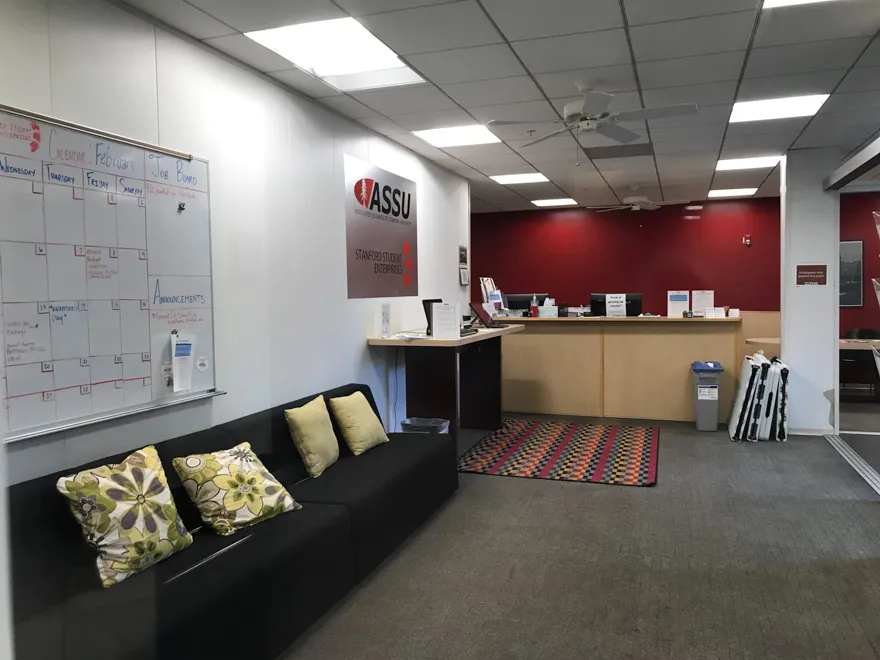Bikal Sharma ’24 will serve as the new student body vice president, the Associated Students of Stanford University (ASSU) executive cabinet announced in a Tuesday email.
Sharma’s appointment has been confirmed by the Undergraduate Senate and is currently awaiting a two-thirds majority confirmation from the Graduate Student Council, which will meet Wednesday.
He replaces Cricket Bidleman ’21 M.A. ’22, who stepped down from her role as vice president in late May to prioritize self-care. One of two applicants for the position, Sharma went through a public comments period before being interviewed by ASSU president Christian Giadolor ’21 M.A. ’22.
According to Giadolor, Sharma’s role will focus on stakeholder engagement and community building. Giadolor intends to outline a long-term strategic plan for the ASSU to align with larger shifts at Stanford like the creation of the town center and the ResX neighborhood system, which goes into effect this fall.
“It will be interesting in terms of thinking, operating from a 10-week course calendar where we’re like okay, what I got to do to finish this class, to thinking about what we have to do over the next 10 years to guide the ASSU,” Giadolor said. “But I think it’ll be a super valuable learning experience there for all of us and for the community.”
Sharma said they are first tackling the issue of coterminal housing before long-term priorities like increasing student engagement. He expressed hopes to work with the Faculty Senate and vice provosts to reverse the elimination of Carta grade distributions, which he called “a unilateral decision by the registrar,” without a legislative resolution.
Giadolor cited Sharma’s familiarity with the ASSU and University structures and his stint on Frosh Council that “showed his ability to utilize the various levers at a university and use stakeholder engagement in a way that can actually produce programming, experiences and insights for constituents.”
According to undergraduate senator Marion Santo ’23, 11 of the 12 statements sent in during the public comments period were in support of Sharma. She also shared classes with Sharma.
“He had been in some of the pre-med courses I was taking. He was great at asking questions and was very sharp,” Santo said. “He was just a naturally curious person who was always willing to learn and engage with the material at a deeper level.”
Sharma anticipates balancing his unfamiliarity with on-campus issues by looking to the rest of the cabinet and relying on his Frosh Council experience when he lives on campus for the first time this quarter.
“Because we’ve had such a weird freshman year … I’ve had to work with offices across the entire university, and I’ve gotten a really good sense of where things are and how things are structured. What can be centralized, what’s decentralized,” Sharma said.
Sharma spearheaded the Advocacy Committee on Frosh Council, which traditionally organizes social and community events. According to Sharma, Giadolor is focusing on increasing postdoc student involvement in the ASSU, while Sharma hopes to address frosh involvement.
“I came at it from a freshman perspective. I was like, frosh also don’t have representation. We have Frosh Council, [but] it’s not an actual ASSU body. It’s difficult to get stuff done sometimes when everything’s so disjointed,” Sharma said.
